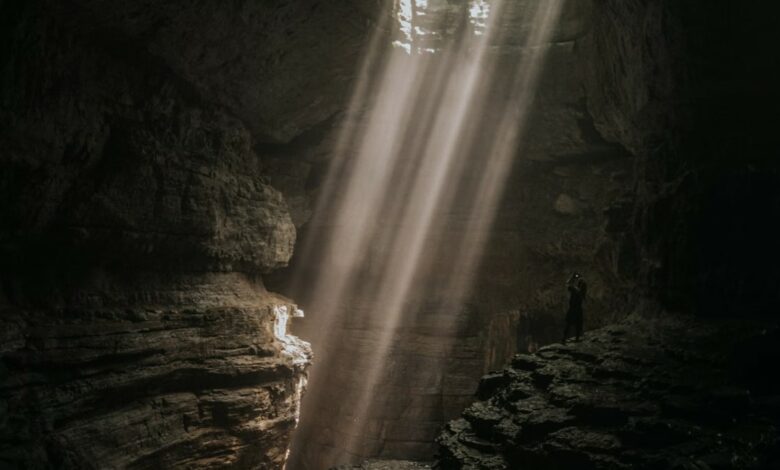Meet Hang Son Doong: the world’s largest cave with two jungles and more

Vietnam’s Hang Son Doong Cave, located in Quang Binh Province in Phong Nha-Ke Bang National Park, currently holds the title as the largest known cave in the world. Measuring over five kilometers long and over 200 meters high, this natural wonder could house fifteen of the Great Pyramids of Giza in its vast chambers. The enormous passageways are so spacious that a Boeing 747 could hypothetically fly through parts of the cave. The unique “skylights” in the cave’s limestone structure allow sunlight to stream in, feeding two jungles within the cave and creating an ecosystem unlike any other on Earth.
A discovery decades in the making
According to one recent report by LiveScience Hang Son Doong, meaning ‘Mountain River’, was first discovered by Ho Khanh, a local resident, in 1990. Khanh came across the cave while hunting and noticed the gust of wind and the sound of water flowing from echoed inside. Surrounded by dense foliage, however, he was unable to move it until 2009. That year, Khanh successfully led a team from the British Cave Research Association, including cave expert Howard Limbert, to the entrance. Limbert, technical director of Oxalis Adventure, which now runs tours of Son Doong, described the discovery as monumental, with the team quickly realizing its scale and significance.
A cave with record-breaking dimensions
After detailed investigation, researchers determined that Hang Son Doong has a total volume of approximately 1.35 billion cubic feet (38.5 million cubic meters). This makes it the largest natural cave ever measured. In 2019 divers found an underwater tunnel connecting Son Doong to Hang Thung, adding another 1.6 million cubic meters to the volume. Limbert likened the discovery to “finding an extra peak on Mount Everest,” underscoring the cavern’s unprecedented size in the underground world.
A natural masterpiece and ecosystem
In addition to its size, Son Doong features remarkable geological formations. It is home to one of the world’s tallest stalagmites, which is 80 meters high, and includes the Great Wall of Vietnam, a calcite barrier that challenged explorers on their first visits. The cave’s fossil passages offer a glimpse into the ancient marine history of the area, with fossils of marine animals that once inhabited the region. In the Passchendaele Passage, named after a World War I battlefield, explorers encounter muddy terrain that mirrors historic battlefield conditions.
At the heart of the cave, the collapsed ceiling forms skylights that allow light to reach the depths, nourishing thriving jungles and completing the surreal landscape of Son Doong.




